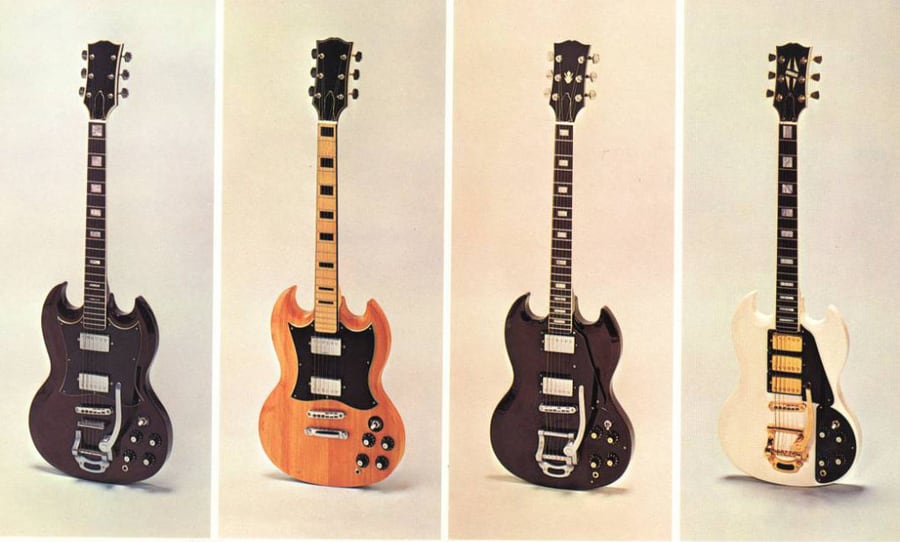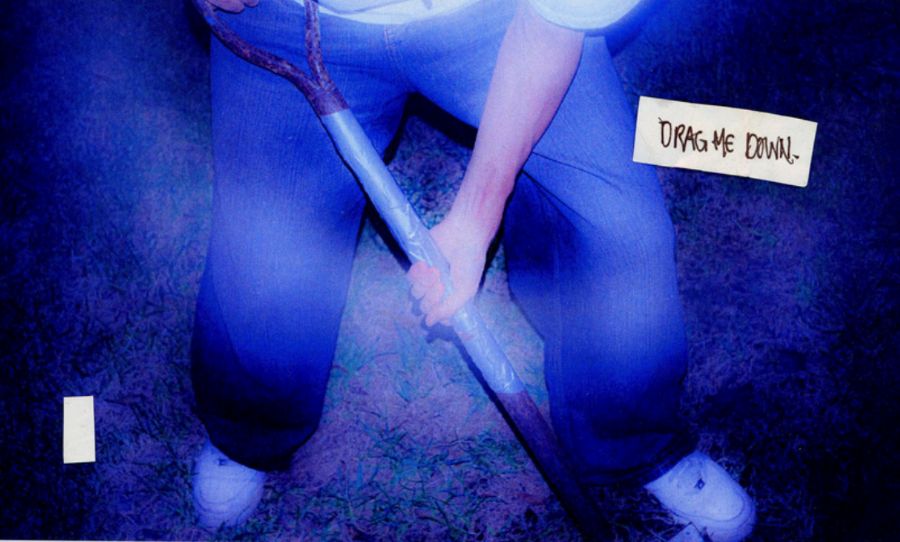Throughout a period in the 1970s, Ibanez became infamous for making really good knockoffs of popular instruments, but one in particular really stood out: the Ibanez ‘lawsuit’ bass.
The Japanese guitar manufacturer, Ibanez, is well known and highly regarded for producing instruments that are at home in a multitude of genres. Jazz greats like George Benson and John Schofield have been loyal to Ibanez for decades, as have modern guitar heroes like Joe Satriani and Steve Vai. The story of the Ibanez ‘lawsuit’ bass, however, is less well-known.
In a period in the ’70s where they unashamedly copied the design of the popular American brands, like Fender, Gibson and Rickenbacker – otherwise known as the ‘lawsuit’ era.

The ‘lawsuit’ era is largely misunderstood. There was only one actual lawsuit (Gibson sued Ibanez for the way they shaped the headstock on their guitars) though the label is synonymous with a whole swathe of models. Lots of Ibanez guitars were made from lower-quality materials than their American counterparts, and in many cases nowhere near the standard of the guitars they were replicating. Yet, it is also understood that the Ibanez versions of this time can in fact be of substantial-quality, which is definitely the case of the Silver Series PJ bass.
This bass is a handsome specimen, based on the Fender Precision bass, but with an added “Jazz” style pickup on the bridge. There is a pickup switch on the bottom cutaway, a strange and somewhat fitting design feature that adds to the curiosity of this instrument. Flicked onto the bridge pickup, the tone is overly squeaky, but can perform admirably as a feature tone. On the middle setting, more agreeable, but nothing that adds a distinct character to the sound. The neck pickup, though, is where the bass really sings.

I believe that this can be attributed to its design. To squeeze in both the pickups, the neck pickup is much closer to the neck than the Fender P-bass, and the tone is deep, round and full of attitude. When fitted with flatwounds, a more vintage sound is attainable, something more akin to hollow-bodied bass.
With the pick, think Carol Kaye and the Beach Boys; fingerstyle, think James Jamerson on any number of Motown hits. The neck is an emulation of a 70s P bass, which aficionados will recognise as thinner and slightly more tapered than, say, an early 60s model, which makes playing a breeze.
Of all these positive attributes, the best thing of all? It’s one of a kind (well, maybe not officially, but they aren’t that easy to find). This is part of the romance for any instrument collector: having a sweet piece of kit that you can call your own, one that has a fascinating history and sounds great.



